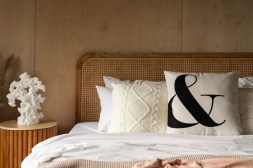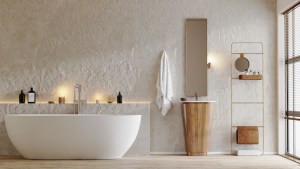Top 5 Rug Placement Tips to Transform Every Room in Your Home
Rugs are a powerful design element that can significantly enhance the aesthetic of any room. From defining spaces to adding warmth and texture, rugs play a crucial role in home decor. Whether you’re decorating a cozy living room or a sleek kitchen, knowing how to place your rugs can make all the difference. In this article, we’ll explore the top five rug placement tips that will help transform every room in your home.
Define Your Space
One of the main functions of an area rug is to define different areas within a space. In open floor plans, use rugs to visually separate rooms or sections such as dining and sitting areas. For example, placing a large rug under your dining table can create a clear dining zone while keeping it distinct from adjacent living areas. Make sure the rug is large enough so that chairs remain on it even when pulled out for seating.

Consider Scale and Proportion
When choosing a rug, scale is key. A small rug in a large room can look lost and uninviting, while an oversized rug can overwhelm small spaces. As a rule of thumb, aim for at least 18 inches between your walls and the edges of your rug in larger rooms to create balance. Conversely, smaller rooms might benefit from smaller rugs that complement rather than dominate the space.
Layering Rugs for Texture
Layering rugs is not only trendy but also adds depth and interest to any room’s decor. You can achieve this look by placing a smaller decorative or vintage-style rug on top of an existing larger neutral one; this contrast creates visual intrigue without overwhelming the space with patterns or colors.
Choose Appropriate Materials
The fabric of your chosen rugs should align with the function and style of each room. For high-traffic areas like hallways and entryways, opt for durable materials such as wool or synthetic fibers which are easier to clean and maintain. In bedrooms where comfort is key, softer materials like shaggy carpets or cotton blends work beautifully.
Anchor Furniture With Rugs
A well-placed area rug should anchor your furniture arrangement—this creates cohesion within any space. For example, ensure that at least the front legs of all major furniture pieces sit on the edge of your area rug; this not only ties them together visually but also establishes boundaries within open layouts.
In summary, proper rug placement offers numerous benefits—from enhancing aesthetics to improving functionality in every room throughout your home. By implementing these tips—defining spaces, considering scale and proportion, layering textures wisely choosing appropriate materials for traffic levels while anchoring furniture—you’ll be well on your way towards creating inviting environments that reflect both style & comfort.
This text was generated using a large language model, and select text has been reviewed and moderated for purposes such as readability.


